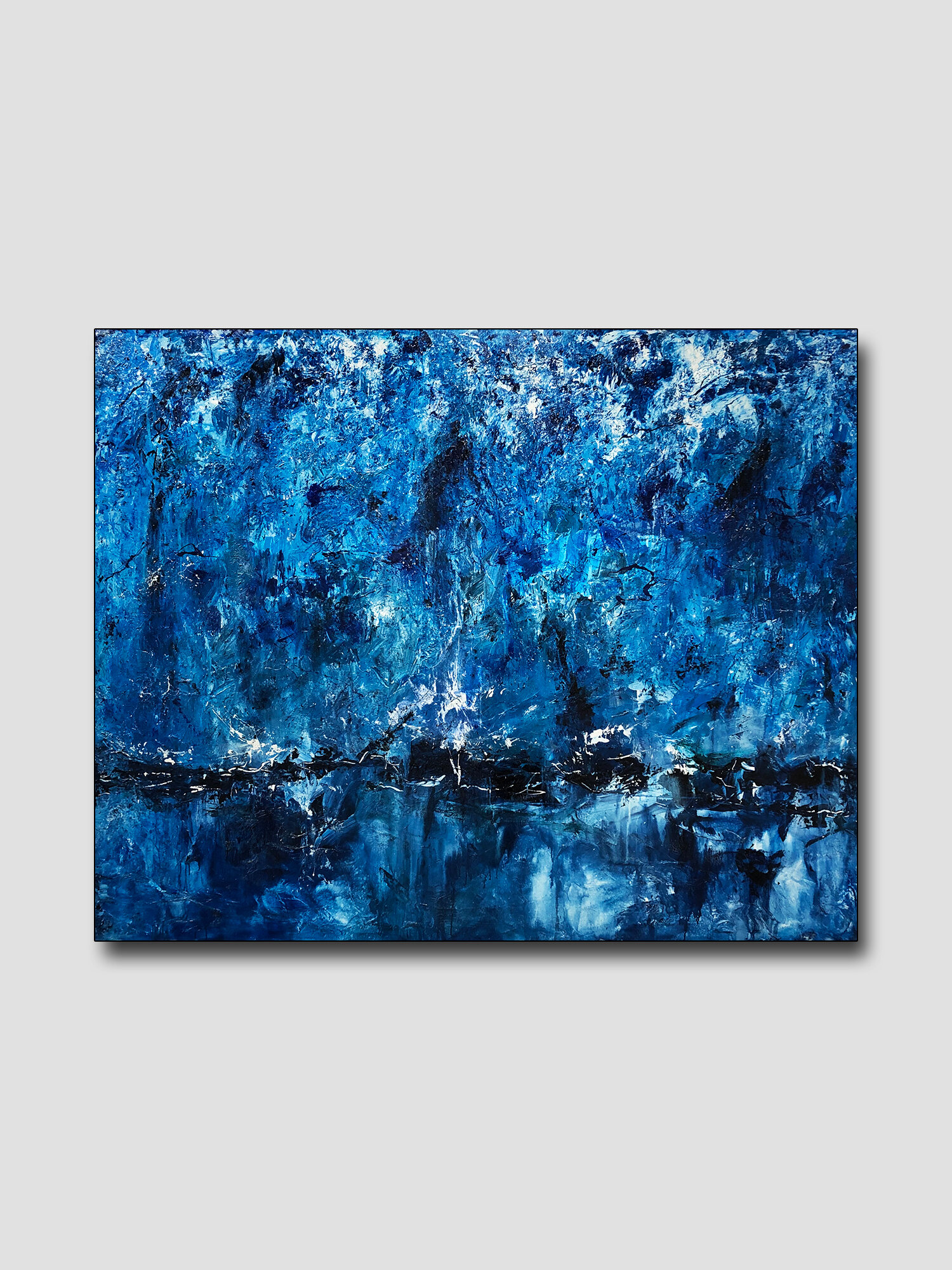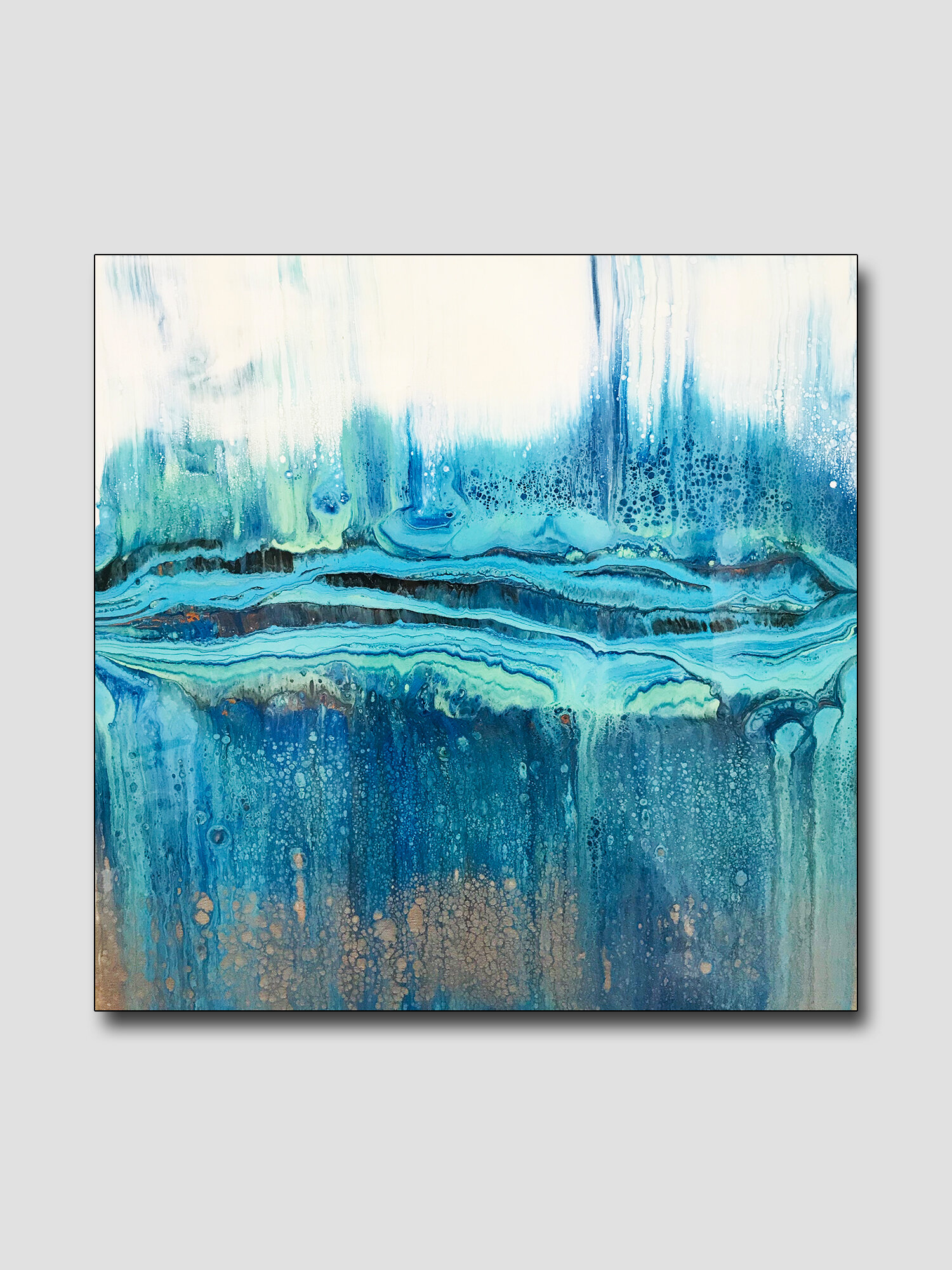Everything you need to know before you start decking your walls with art.
Showcase your style with perfectly curated colors and wall art. From placement ideas and guidelines, and style tips you can create your dream space with even dreamier art.
By: Wall Art Size and Placement Guide | Wayfair
Wall Art Sizes
Mini
Typically ranging between 10 to 17 inches in height and width, mini wall art pieces can stand alone or they can be used as part of a collection.
Small
Small wall art ranges between 18 to 24 inches in height and width. This size is most impactful in a grouping or paired with another print for a symmetrical look. They can also be hung in rooms that have little wall space like a bathroom.
Medium
Medium wall art refers to art that is between 25 to 32 inches (or about 2 to 3 feet) in height and width. This size is great for personalizing a home office or foyer without adding to the clutter.
Large
Large wall art ranges between 33 and 40 inches (about 2½ to 4 feet) in height and width. A wall with just one piece of large art creates a polished, classic look.
Oversized
Oversized art refers to all wall art that is 41 inches or larger in height or width. Pieces of this size can stand alone as focal points of a wall or room. We recommend measuring your space before installing a piece of oversized wall art as it can overwhelm a small space.
How to Choose the Right Size
Grab your tape measure and find the dimensions of the wall you will be using.
Width
Get it right the first time, use the following as a guideline:
[wall width] x 0.57 = [ideal width of artwork]
If you are working with a grouping or collection, use the same formula to find the ideal width that the pieces should fill with 2-3 inches in between each frame.
Height
The width formula can also be used to find the ideal height for a vertically oriented piece. The overall area (height x width) of the artwork should cover ⅔ to ¾ of the area of the open wall space.
Tip!
Bigger is better. Choosing a piece of wall art that is on the slightly larger side of what you think will be appropriate for a wall is better than it being too small which makes the room feel barren.
Wall Art Placement Tips
When placing artwork, follow our tips below.
The middle of the artwork should hang about 57 inches from the floor (or at eye level for most people). If it is hanging above a sofa, make sure there is at least 6-12 inches between the top of the sofa and the piece of art.
If you have low ceilings (below 8 feet), break your wall into 4 sections (from the bottom up) and hang it in the third section.
If you are hanging multiple pieces of different heights, make sure the middles line up.
When hanging artwork above your stairs, hang a piece every third step to get a diagonal look.
Think about your room, if it is already cluttered or busy, opt for larger pieces to not overwhelm the room.
Wall Art Ideas
Gallery Wall
Gallery walls are a unique and inexpensive way to fill your home with your favorite pieces of all sizes. Make sure there is enough blank space around the artwork to avoid a cluttered or cramped finished product. Typically the left side of a grouping can handle more visual weight (bigger pieces, thicker frames, or dark colors) as we naturally read from left to right.
Tip!
Trace the pieces for your gallery wall on kraft paper, cut it out, and use painter’s tape to find the perfect arrangement without making numerous holes.








